Rising Demand for Food Safety
The increasing emphasis on food safety is a primary driver for the Smart Food Packaging Market. Consumers are becoming more aware of foodborne illnesses and the importance of safe food handling. As a result, manufacturers are investing in smart packaging solutions that can monitor freshness and detect spoilage. According to recent data, the food safety packaging segment is projected to grow at a CAGR of 8.5% over the next five years. This trend indicates a robust demand for innovative packaging technologies that ensure product integrity and safety, thereby enhancing consumer trust and satisfaction.
Consumer Demand for Convenience
The growing consumer demand for convenience is a significant factor propelling the Smart Food Packaging Market. Busy lifestyles and the need for on-the-go food options are leading to an increase in ready-to-eat meals and packaged snacks. Smart packaging solutions that offer features such as resealability, portion control, and easy opening are becoming increasingly popular. Market analysis suggests that the convenience food segment is expected to grow by 5% annually, indicating a strong correlation between consumer preferences and the adoption of smart packaging technologies.
Regulatory Compliance and Standards
Regulatory frameworks and standards are critical drivers in the Smart Food Packaging Market. Governments worldwide are implementing stringent regulations to ensure food safety and quality. Compliance with these regulations necessitates the adoption of smart packaging technologies that can provide traceability and transparency in the supply chain. For example, the FDA has established guidelines for food packaging that enhance consumer safety. As a result, companies are increasingly investing in smart packaging solutions to meet these regulatory requirements, thereby driving market growth and innovation.
Technological Advancements in Packaging
Technological innovations are significantly influencing the Smart Food Packaging Market. The integration of advanced materials and smart sensors allows for real-time monitoring of food conditions. For instance, active and intelligent packaging technologies can provide information on temperature, humidity, and gas levels, which are crucial for maintaining food quality. The market for smart packaging solutions is expected to reach USD 30 billion by 2026, driven by these technological advancements. This growth reflects the industry's commitment to enhancing food preservation and reducing waste through innovative packaging solutions.
Sustainability and Eco-Friendly Solutions
Sustainability concerns are increasingly shaping the Smart Food Packaging Market. Consumers are gravitating towards eco-friendly packaging options that minimize environmental impact. This shift is prompting manufacturers to develop biodegradable and recyclable packaging materials. Recent studies indicate that the sustainable packaging market is anticipated to grow by 7% annually, reflecting a strong consumer preference for environmentally responsible products. As sustainability becomes a key purchasing criterion, companies that adopt green packaging solutions are likely to gain a competitive edge in the Smart Food Packaging Market.
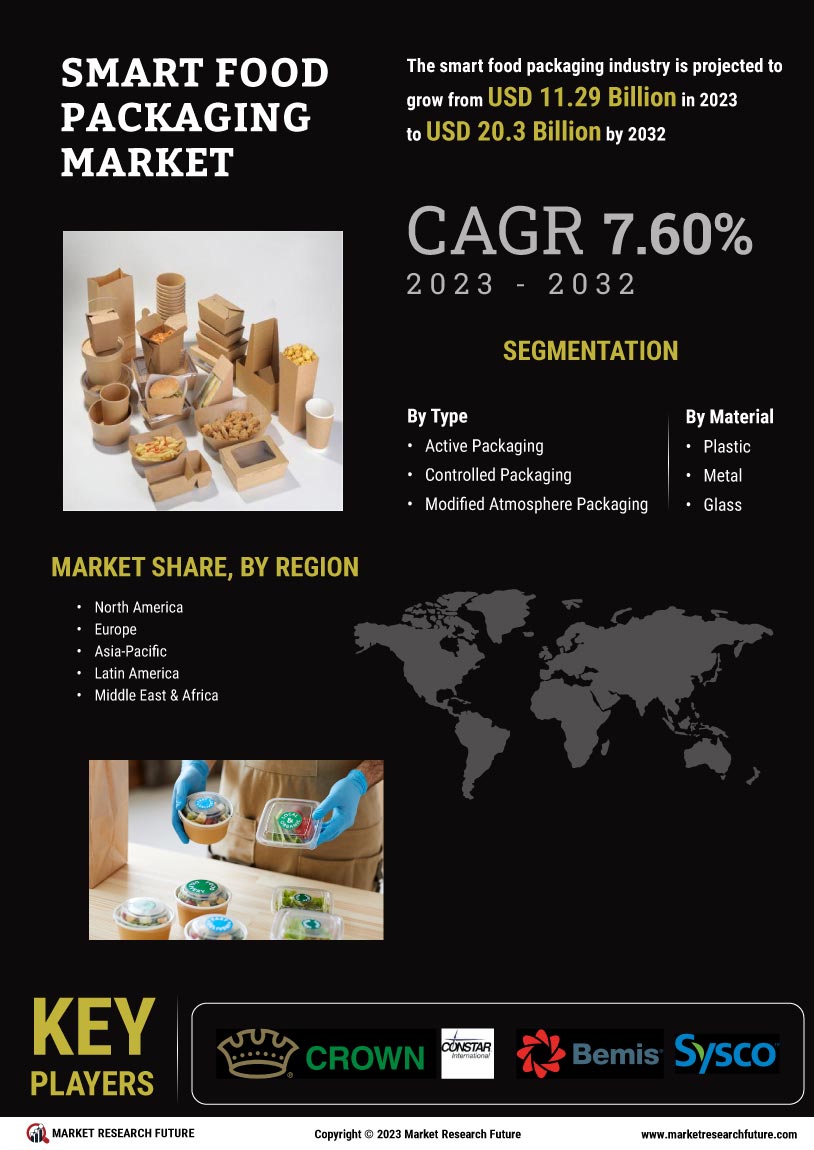

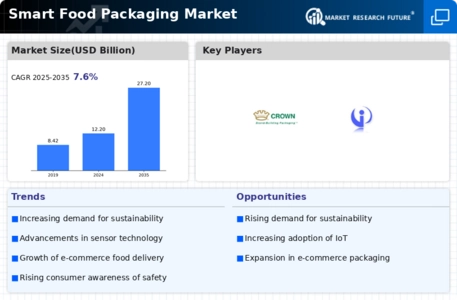
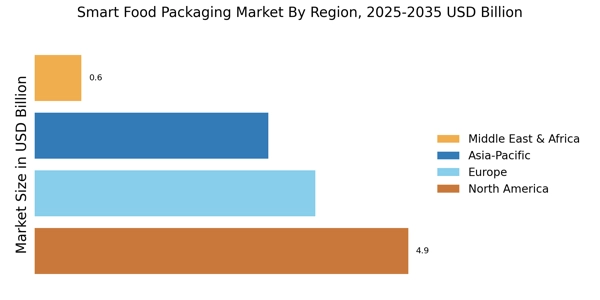

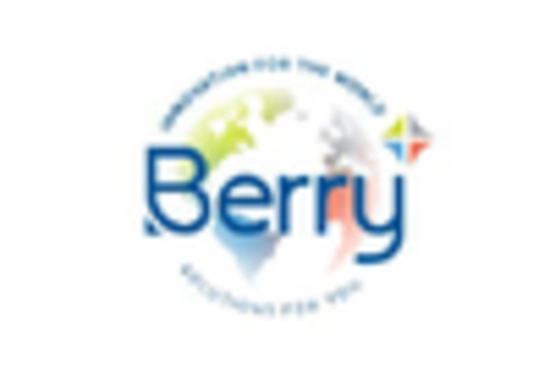

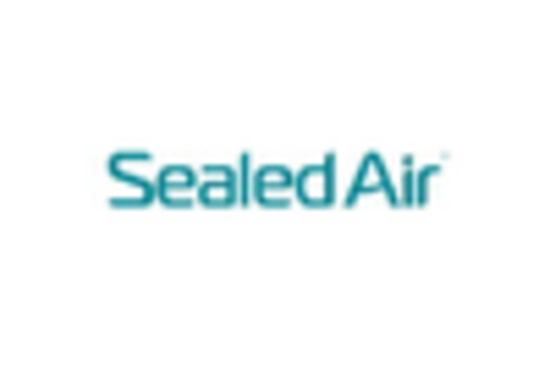
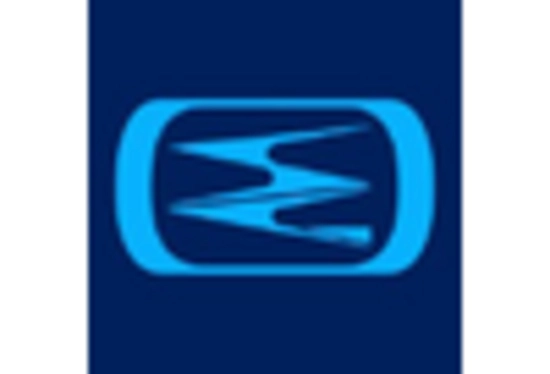
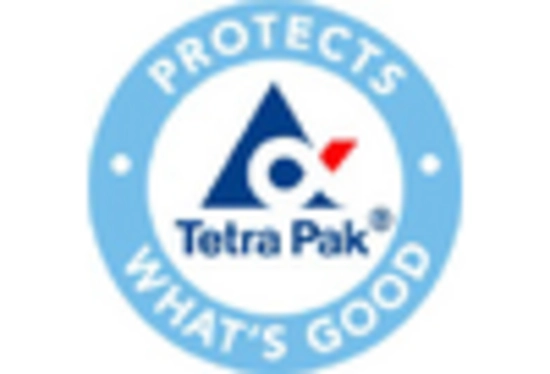








Leave a Comment